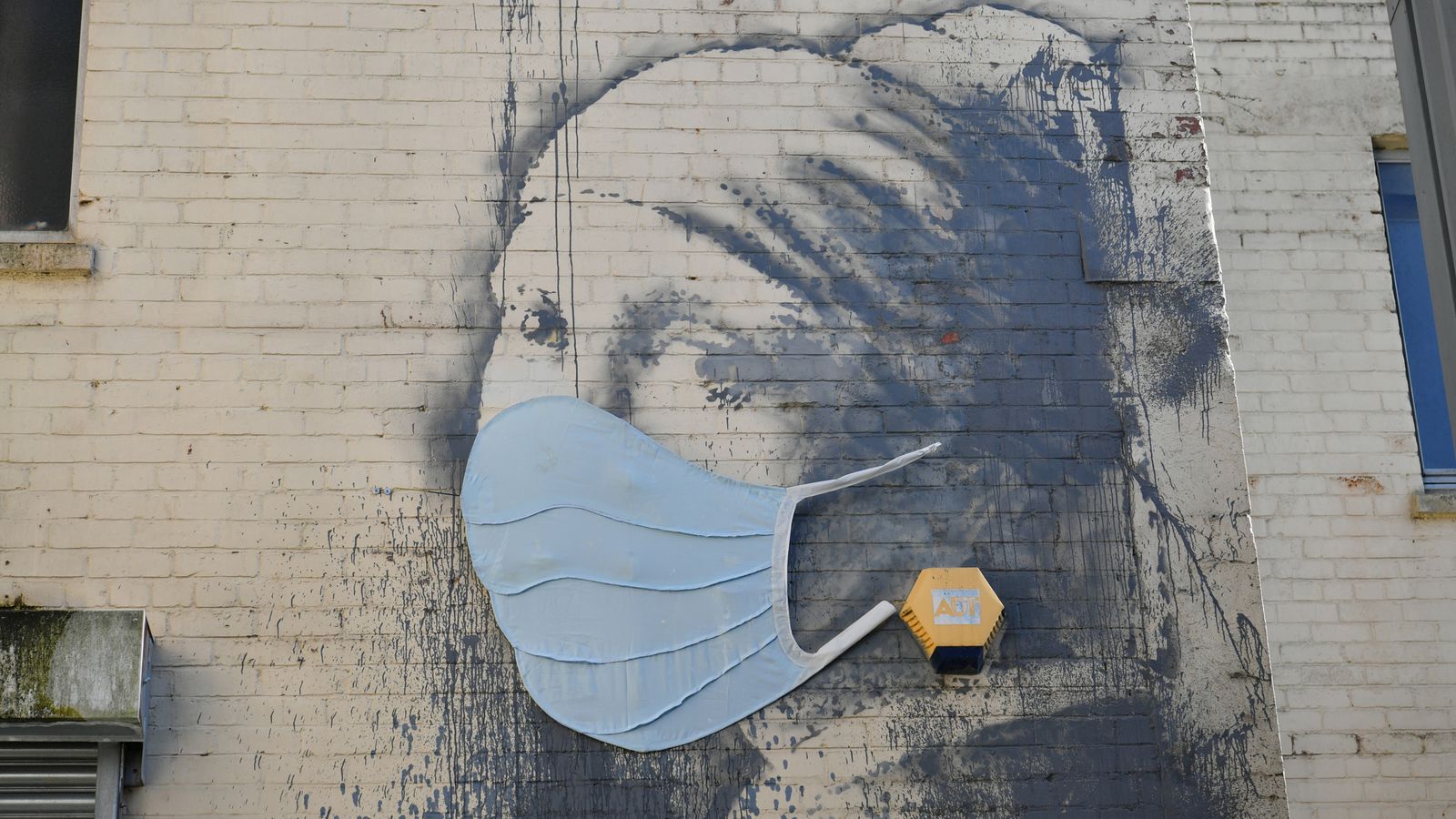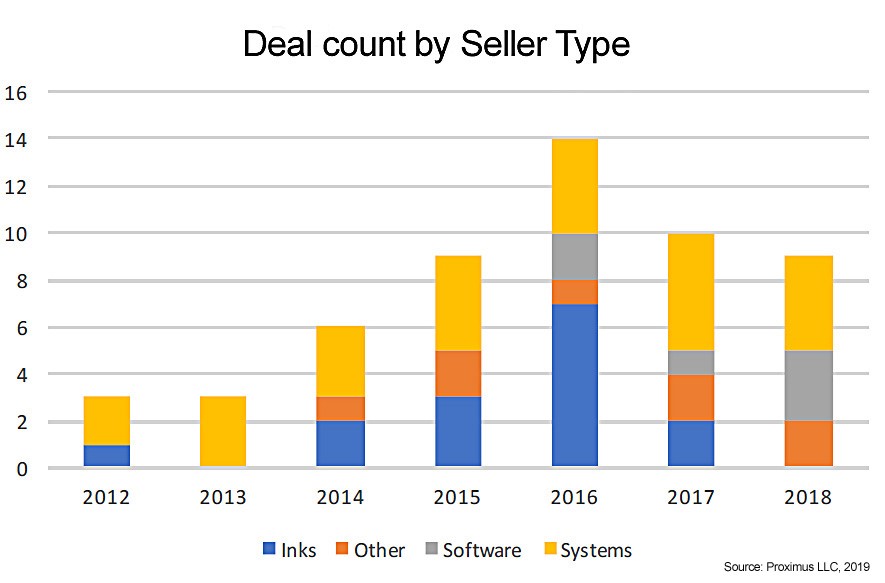When judging applications being in demand during and just after the Covid crisis, antibacterial print is certainly high on the growth list. Even beyond the current crisis there will be usage for antimicrobial print and paper to fight germs as consumers become more health conscious. Applications are found everywhere where print products change hands frequently: from paper money, restaurant menus, key cards, safety documents, playing cards and packaging.
Paper itself is a pretty low risk material. Erwin Busselot from Ricoh already laid out some arguments on paper and board reducing transmission risks. He states that tests have found that the Coronovirus survives the shortest on board, when compared to other surfaces. According to the WHO the likelihood of spreading the virus on packaging is low. Also, the paper manufacturing and printing processes do reduce the number of viable particles required to infect someone. Paper packaging or wrapping can also be used reduce transmission risks. Even paper towels are efficient in reducing germs, while hot air driers spread them around.
Coating to fight germs
Paper and print can even go beyond just having a low risk potential of spreading viruses to become a material to fight germs. Antimicrobial paper has been in use for years. There are solutions available adding copper or silver compounds to the paper, to the paper coating or to apply as print. Both are relatively expensive materials however and I am not sure whether they interfere with existing paper recycling processes. But there is more.

